Egypt recovers sunken archaeological finds from Mediterranean Sea
The Egyptian Ministry of Tourism and Antiquities on Thursday successfully retrieved three massive artifacts from the Mediterranean Sea off Abu Qir Bay in Alexandria governorate, Xinhua reports.
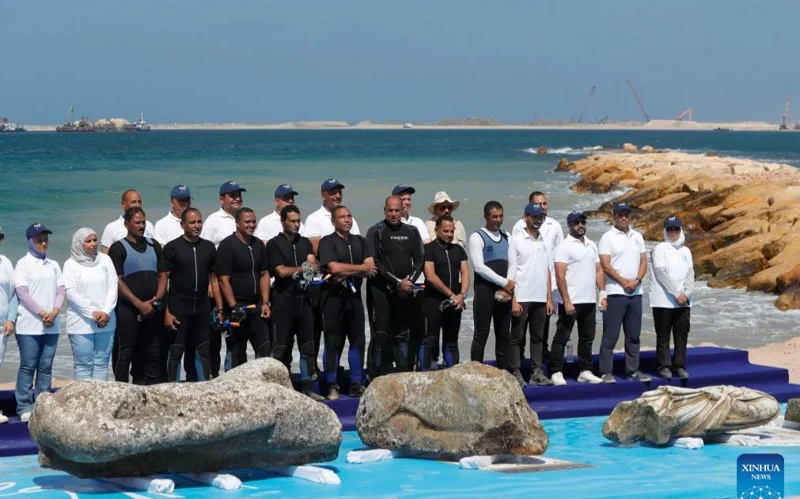
The ministry's divers managed to take out three pieces: a colossal quartzite statue of a sphinx bearing the cartouche of King Ramesses II (1279-1213 BC), a broken-necked and broken-kneed granite statue of an unknown person from the late Ptolemaic era (332-30 BC), and a white marble statue of a Roman nobleman.
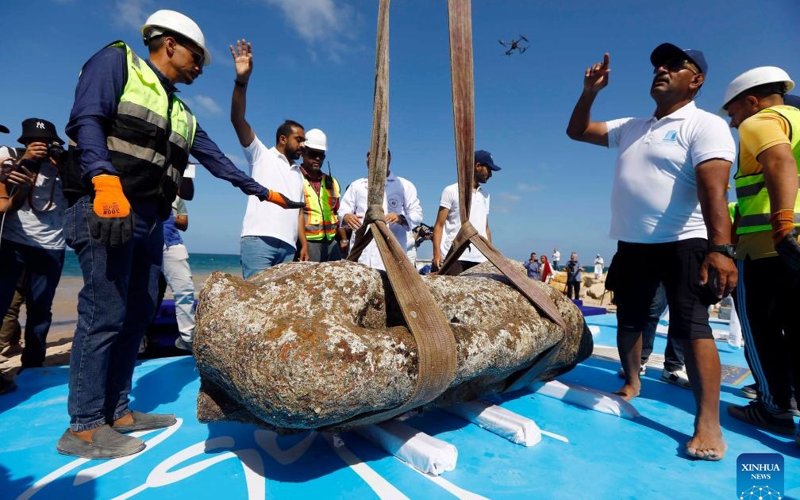
Mohamed Ismail Khaled, secretary-general of Egypt's Supreme Council of Antiquities (SCA), said this operation marks the first of its kind in 25 years.
Speaking to Xinhua at the site, Khaled said the retrieval is a pivotal step in a national project to develop Abu Qir Bay, adding that an underwater team of inspectors from the Council had discovered submerged fixed and movable structures that have been hidden for centuries, likely due to geological shifts or earthquakes that caused them to sink beneath the Mediterranean waters.
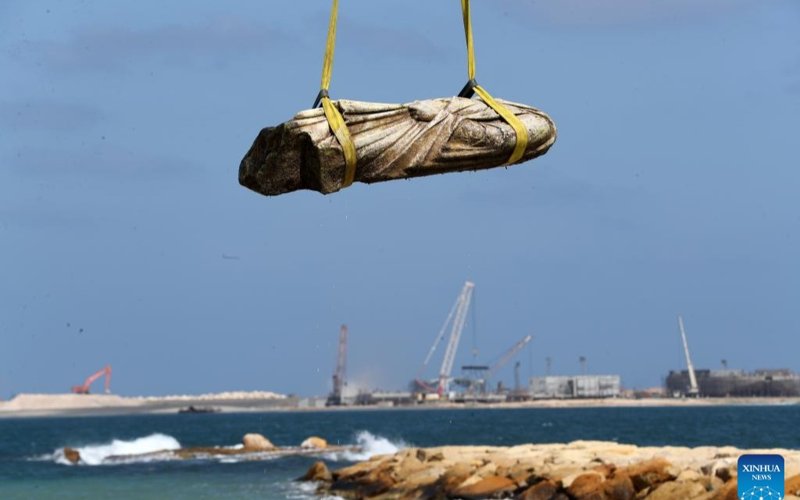
He confirmed that underwater exploration and excavation will continue at the site to uncover more of Abu Qir's secrets, as the site is considered one of the most important archaeological discoveries made during previous surveys in the western part of Abu Qir.
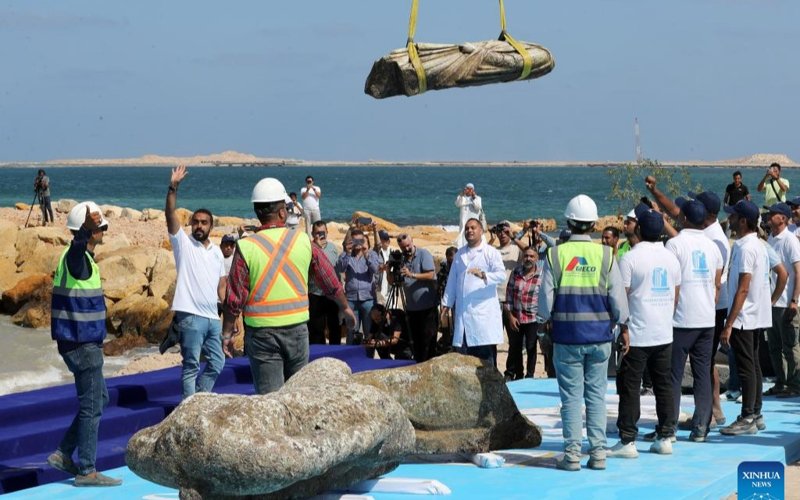
"The survey and study of the site have confirmed that it represents a complete Roman-era city, with buildings, temples, water cisterns, and fish farms, as well as an ancient port and docks. This suggests that it is an extension of the western part of the famous city of Canopus, a section of which was previously discovered to the east of the area," he told Xinhua.
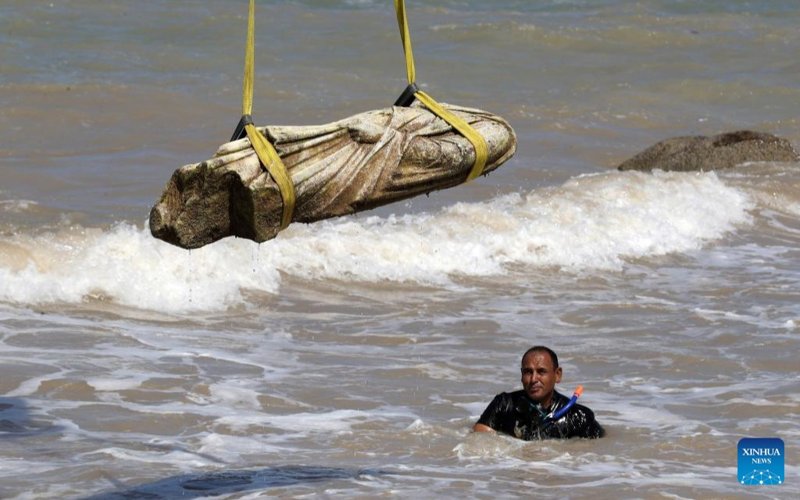
According to the Egyptian Ministry of Tourism and Antiquities, the submerged city of Canopus was renowned for its sacred sanctuaries dedicated to Osiris and Serapis. The city was also known for its extravagant celebrations during the Roman era, the ministry said.
